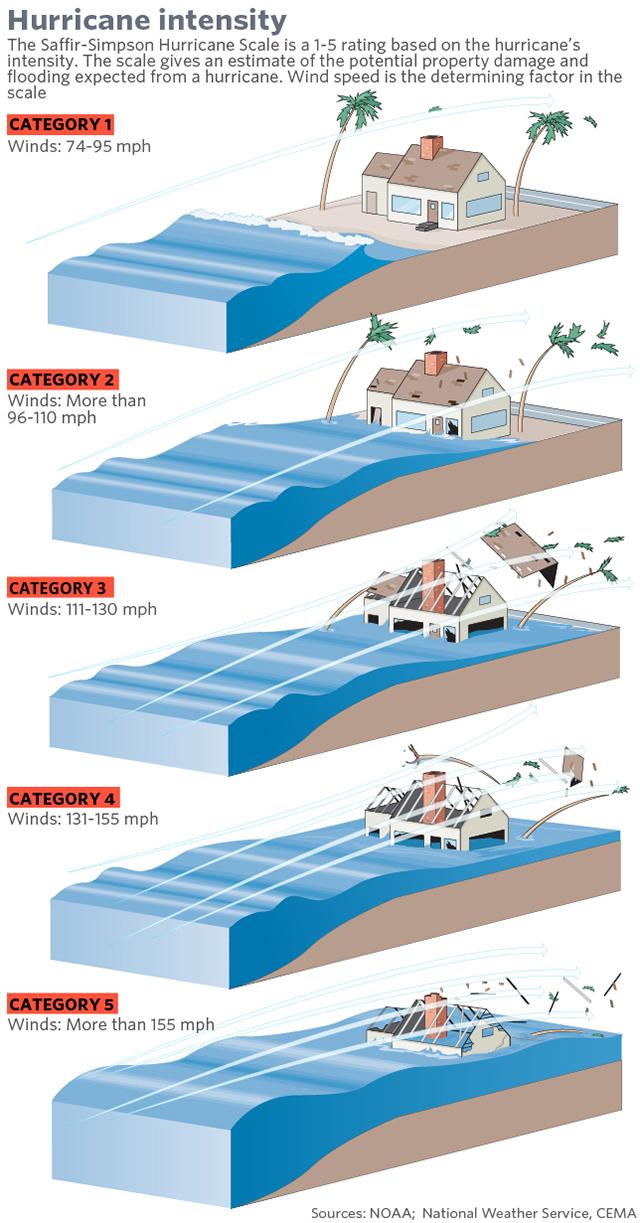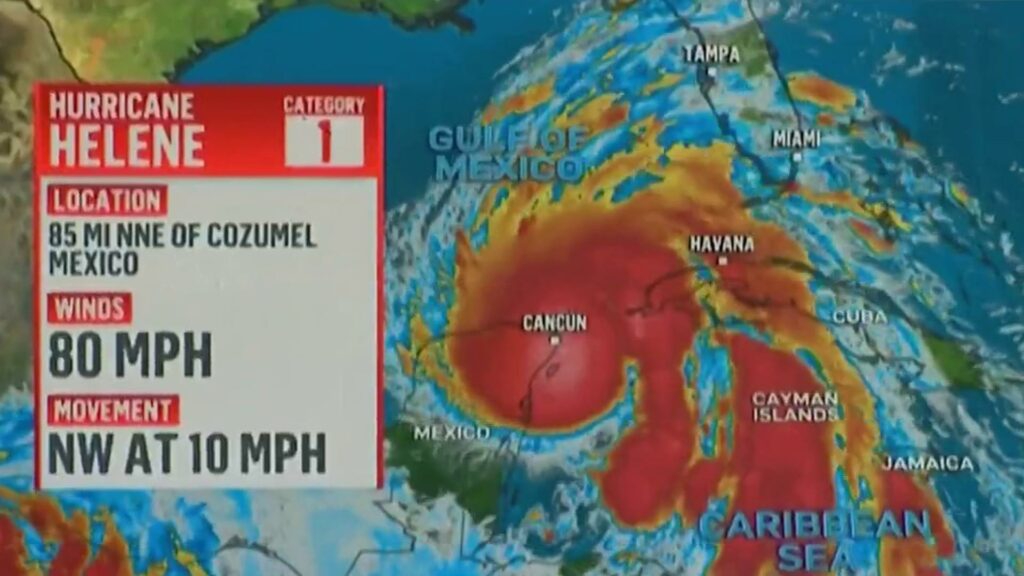As Hurricane Helene strengthens and sets its sights on the East Coast, experts warn that the storm has the potential to render areas “uninhabitable for weeks or even months.” This dire prediction begs the question: why does Helene’s hurricane category matter? In this article, we delve into the significance of this powerful storm and the potential devastation it may bring.
Table of Contents
- Damaging Impact of Helenes Hurricane Category on Communities
- Understanding the Long-Term Effects of Helenes Devastation
- Preparing for Future Storm Events: Lessons Learned from Helene
- The Importance of Political Response and Infrastructure Investment
- Q&A
- In Retrospect
Damaging Impact of Helenes Hurricane Category on Communities
Communities across the country are reeling from the devastating impact of Helene’s powerful hurricane category. Homes have been ripped apart, businesses destroyed, and families displaced as a result of the destruction left in the storm’s wake. The sheer force of the hurricane has rendered many areas uninhabitable for weeks, if not months, as residents struggle to recover and rebuild.
The aftermath of Helene’s hurricane category has left a trail of destruction in its path, with communities struggling to pick up the pieces. From downed power lines to impassable roads, the challenges facing those affected by the storm are immense. The widespread damage has forced residents to rely on emergency shelters and relief efforts as they come to terms with the long road ahead towards recovery. The resilience of these communities will be tested in the coming days as they work together to rebuild and recover from the devastation wrought by Helene’s fury.

Understanding the Long-Term Effects of Helenes Devastation
As Hurricane Helene makes landfall, the long-term effects of its devastation are becoming increasingly apparent. With forecasters predicting the storm to reach Category 3 intensity, the potential impact on affected areas could be severe. This raises concerns about the duration of time it may take for communities to recover from the aftermath of Helene’s wrath.
The designation of a hurricane’s category matters significantly in understanding the extent of damage a storm can cause. A Category 3 hurricane like Helene is considered a major hurricane, characterized by strong winds of 111-129 mph. The destructive force of such winds can render areas uninhabitable for weeks or even months, making it crucial for residents to heed evacuation warnings and take necessary precautions to safeguard their lives and property.

Preparing for Future Storm Events: Lessons Learned from Helene
After the devastation caused by Hurricane Helene, it has become increasingly evident that storm preparedness is crucial in order to mitigate the impact of future extreme weather events. The lessons learned from Helene serve as a stark reminder of the importance of being proactive in ensuring that communities are ready to face the destructive forces of nature. One key takeaway from this storm is the significance of understanding the hurricane category and its potential implications for the affected areas.
As highlighted in a recent USA TODAY article, the categorization of hurricanes plays a pivotal role in determining the level of damage and disruption that can be expected. In the case of Helene, being classified as a Category 4 hurricane meant that the impacted regions were at risk of experiencing catastrophic destruction and long-term consequences. The article goes on to explain that areas hit by such powerful storms could become “uninhabitable for weeks or months,” further emphasizing the critical need for comprehensive preparedness measures.

The Importance of Political Response and Infrastructure Investment
As Hurricane Helene gains strength and is categorized as a major hurricane, becomes glaringly clear. Without proper preparation and timely action, areas affected by such powerful storms could be left uninhabitable for weeks or even months. The devastation caused by hurricanes underscores the critical need for governments to prioritize infrastructure resilience and emergency response plans.
Investing in infrastructure that can withstand extreme weather events is crucial to minimizing the impact of natural disasters. Stronger buildings, better drainage systems, and reliable communication networks are essential components in ensuring that communities can recover quickly and effectively after a hurricane. Political leaders must recognize the significance of these investments and take proactive measures to protect their constituents from the potentially catastrophic effects of severe storms.
Q&A
Q: What is the significance of Hurricane Helene’s category in terms of potential damage?
A: Hurricane Helene’s category can dictate the level of destruction it may cause, with higher category storms carrying greater potential for devastation.
Q: How does Helene compare to other recent hurricanes in terms of category?
A: Helene’s category classification places it among a series of powerful hurricanes that have recently impacted various regions, highlighting the ongoing threat of severe weather events.
Q: What are the potential implications for areas in Helene’s path?
A: Areas in Helene’s path could face significant challenges in terms of infrastructure damage, power outages, and potential evacuations, making them uninhabitable for weeks or even months.
Q: How can those in Helene’s path prepare for the storm’s impact?
A: Residents in Helene’s path are advised to follow emergency protocols, secure their homes, stock up on supplies, and stay informed through reliable sources for updates and evacuation notices.
Q: What can we learn from Hurricane Helene and other severe weather events?
A: Hurricane Helene and other severe weather events serve as a sobering reminder of the importance of disaster preparedness, resilience, and community support in the face of natural disasters.
In Retrospect
the potential impact of Hurricane Helene on the East Coast cannot be underestimated. As a powerful Category 4 storm, its destructive capabilities could leave affected areas uninhabitable for weeks or even months. It is crucial for residents in the storm’s path to take all necessary precautions and heed evacuation orders to ensure their safety. Stay tuned to USA TODAY for the latest updates and information on Hurricane Helene as it continues to develop. Stay safe, stay informed, and stay prepared.
